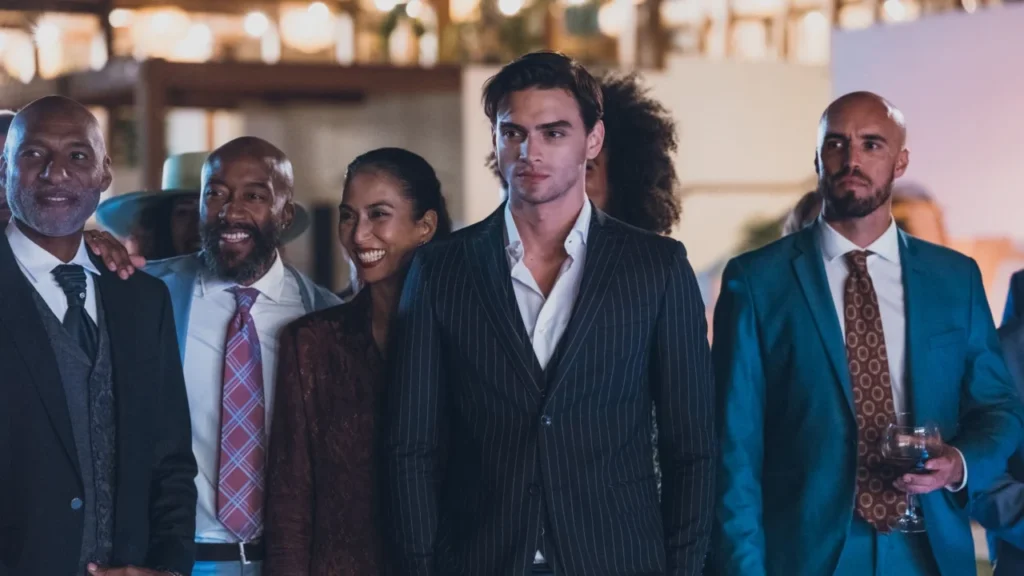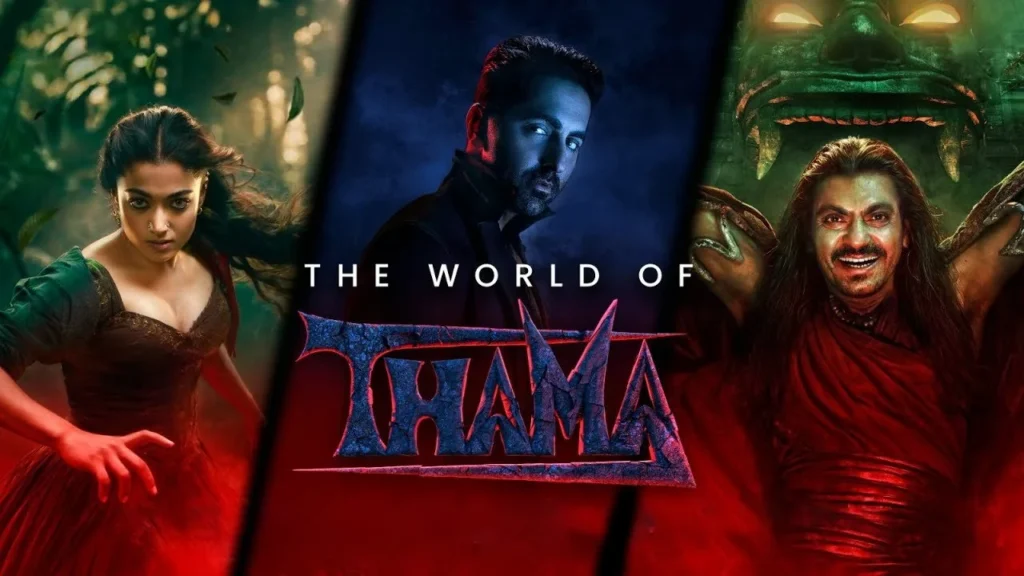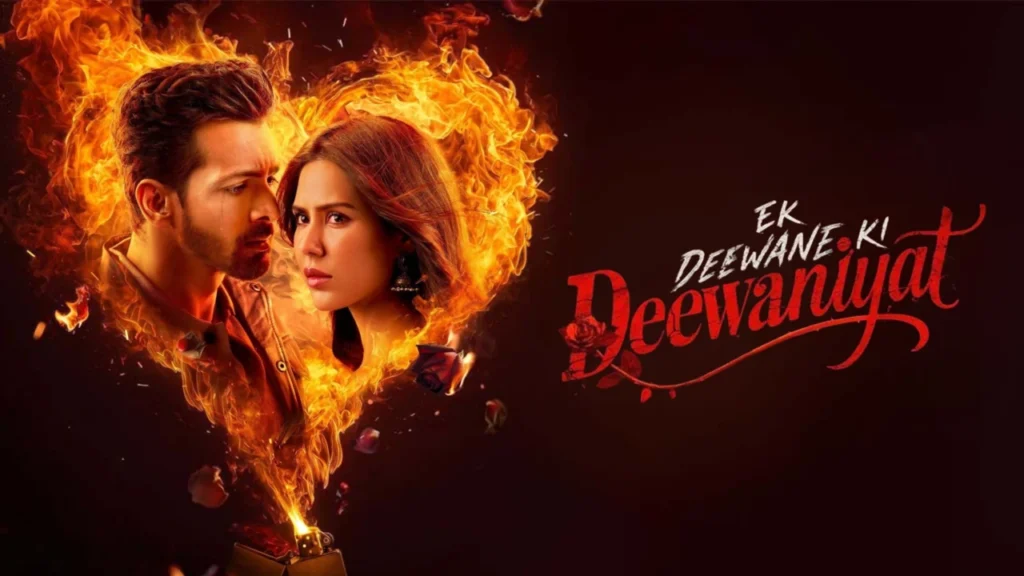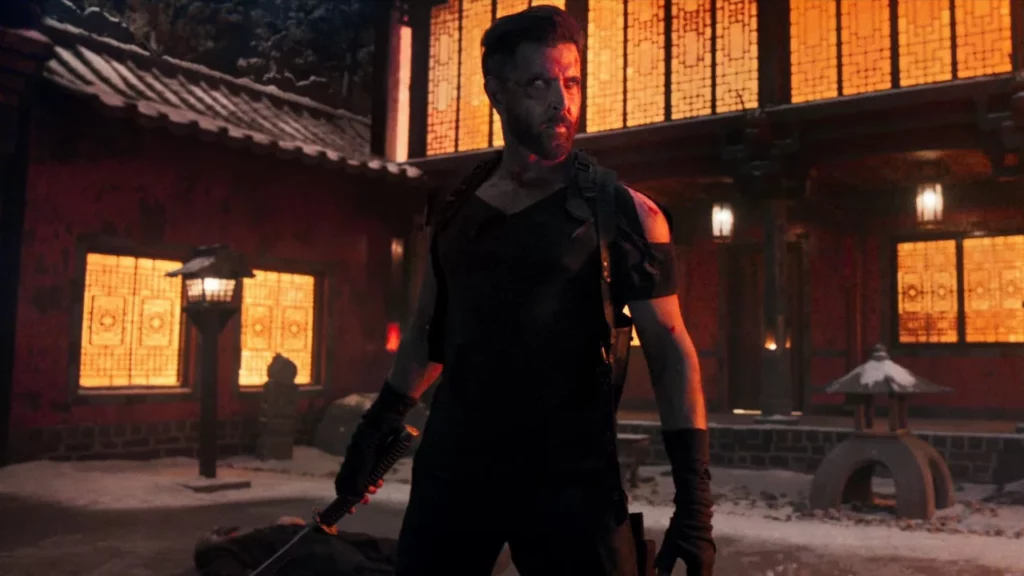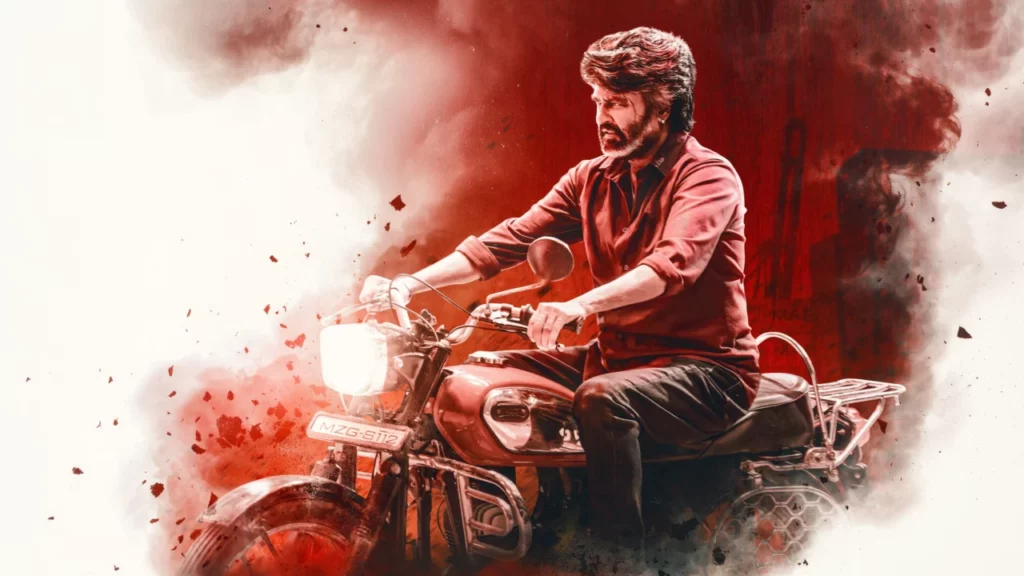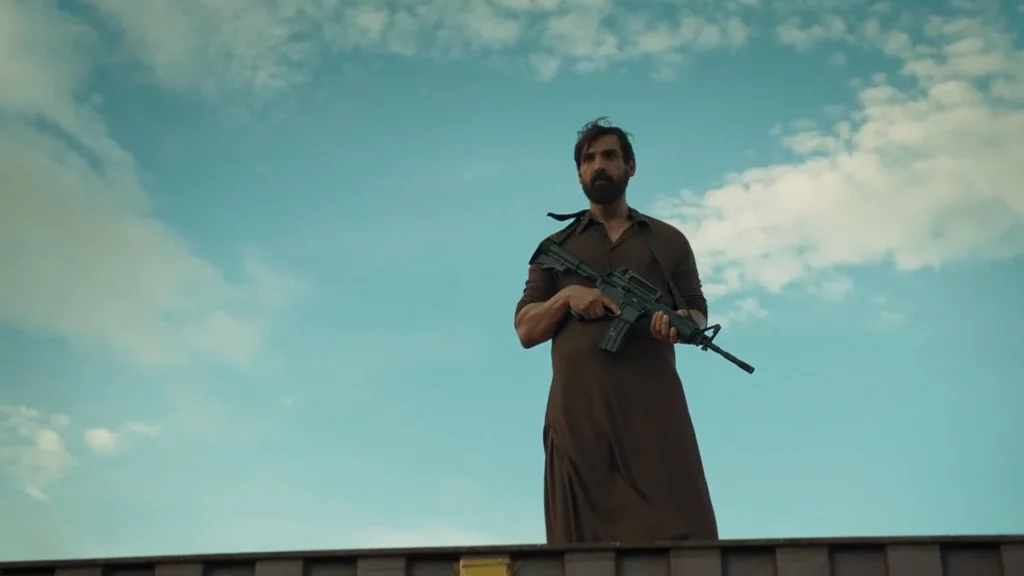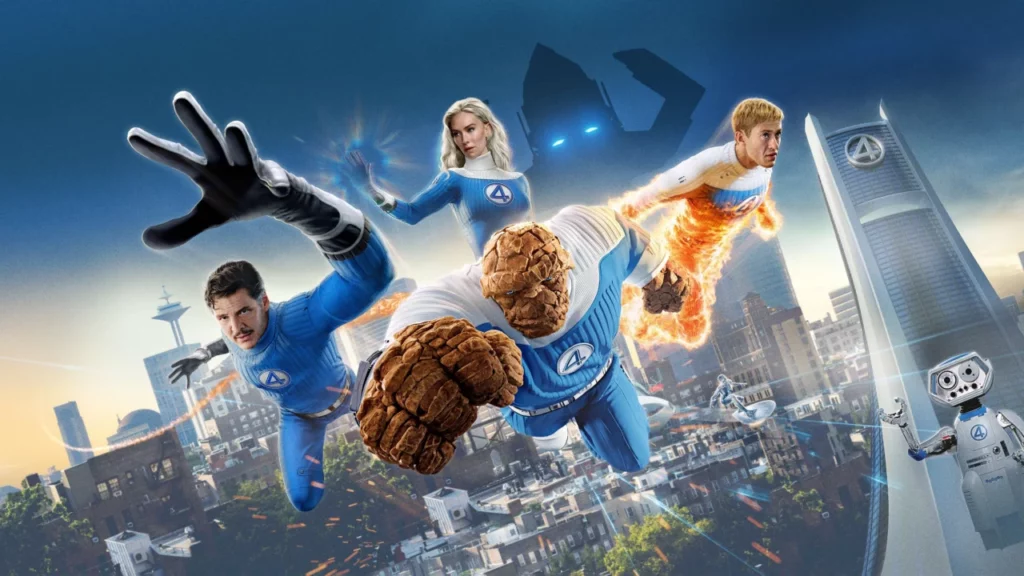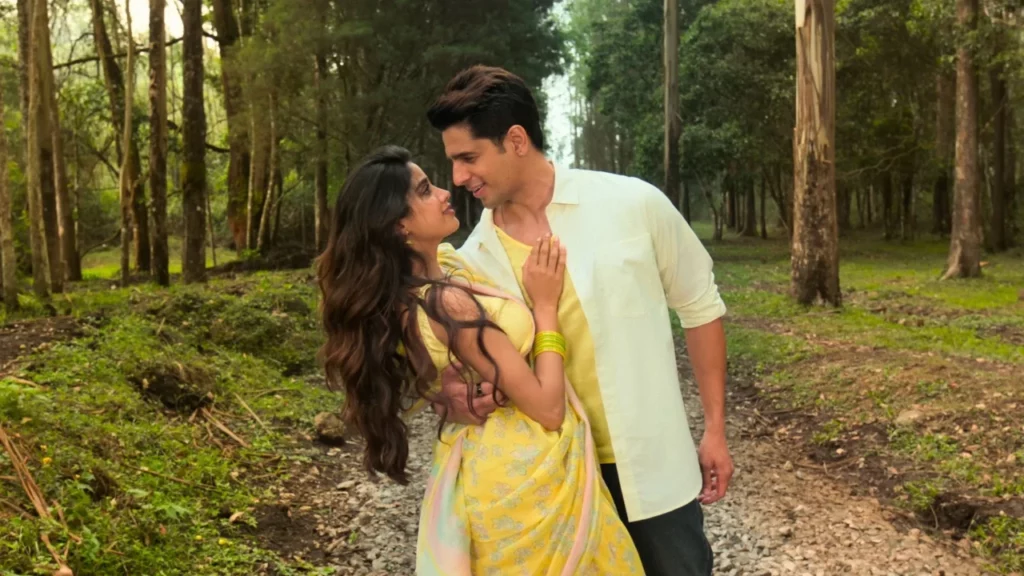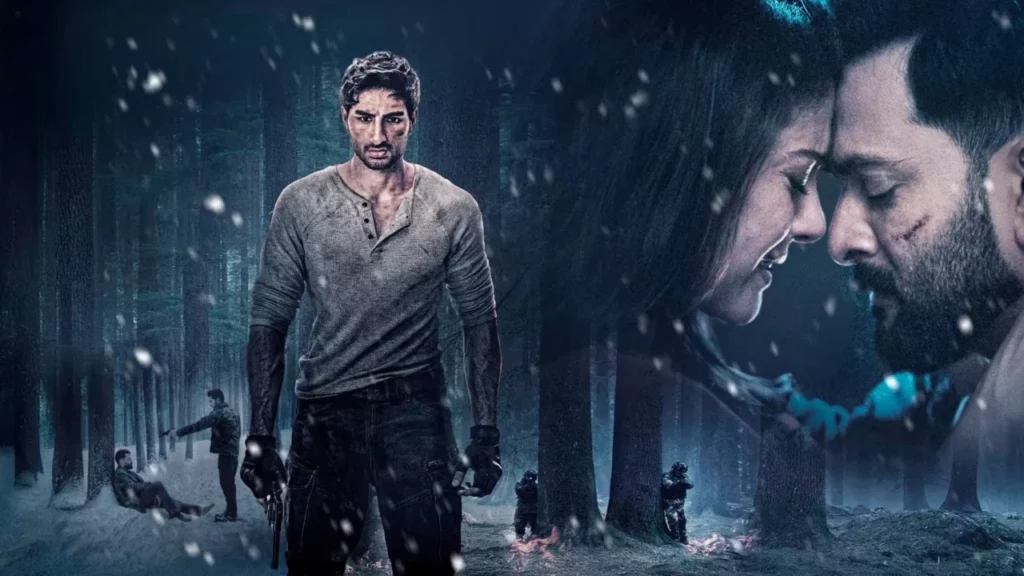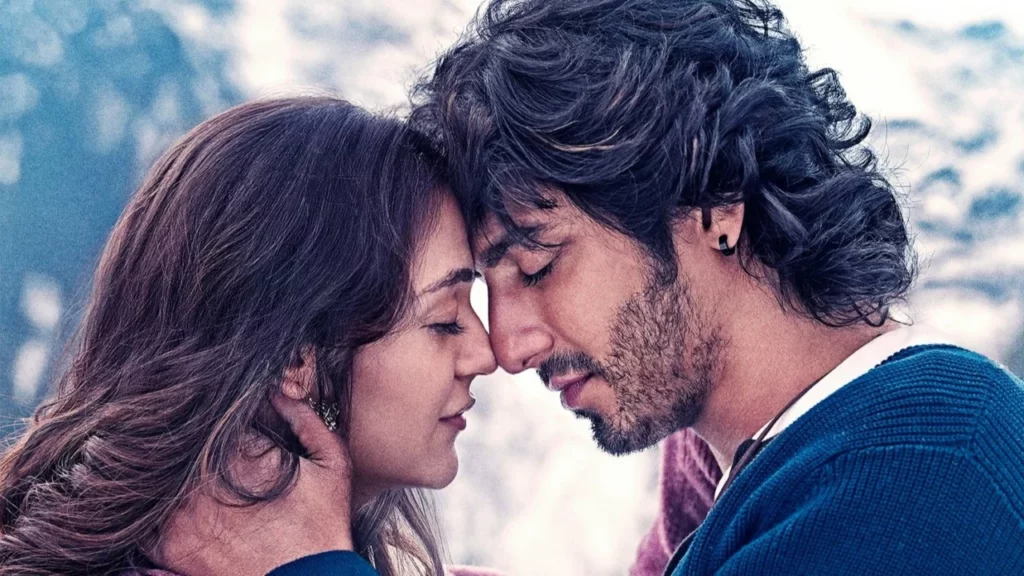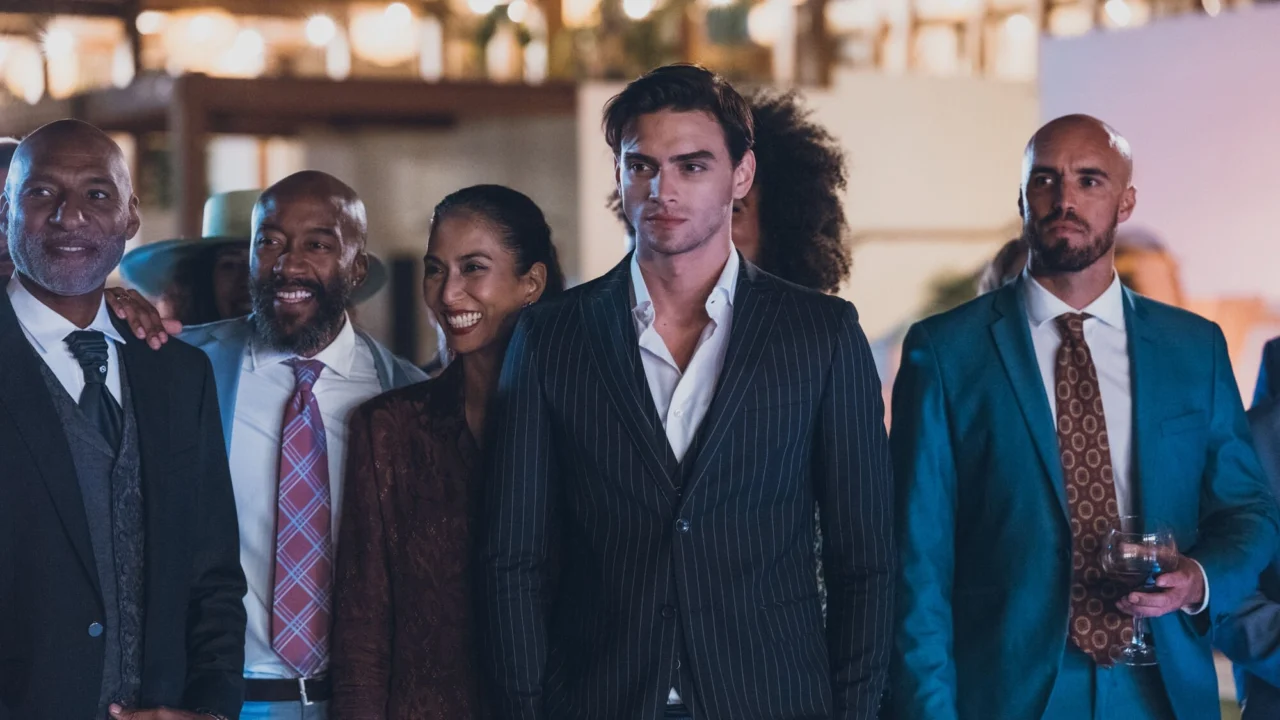
Our Fault (2025) Movie: It Gets the Trilogy Ending Romance Fans Actually Wanted
Four years have passed since we last saw Noah and Nick together, and when fate reunites them at a wedding, the tension could cut glass. Our Fault wraps up the Spanish romance franchise with both the emotional weight fans deserve and some stumbles along the way. Streaming on Prime Video from October 16, Domingo González returns behind the camera to finish what he started, and mostly sticks the landing.
Nicole Wallace and Gabriel Guevara slip back into their step-siblings’ roles like no time has passed, which honestly makes sense, their connection was the trilogy’s real engine from day one. Here, though, things are different. The easy banter is gone, replaced by careful distance and unspoken resentment that makes every glance meaningful.

What Actually Happens Here
The plot spins around Nick’s inability to move past Noah’s past mistakes. She betrayed his trust in the last film, and now they’re circling each other again, wondering if what they feel is genuine or just muscle memory from a broken bond.
What makes this different from typical romance fluff is how much time the film spends on discomfort. It doesn’t rush toward hugging and kissing. Instead, we watch two people genuinely wrestling with whether some damage goes too deep to repair, whether forgiving someone means forgetting what they did, and whether being attracted to someone is enough when trust is shattered.
Supporting characters add layers here too. Gabriela Andrada and Marta Hazas give performances that matter rather than just filling space, anchoring emotional stakes that make the main relationship feel significant.
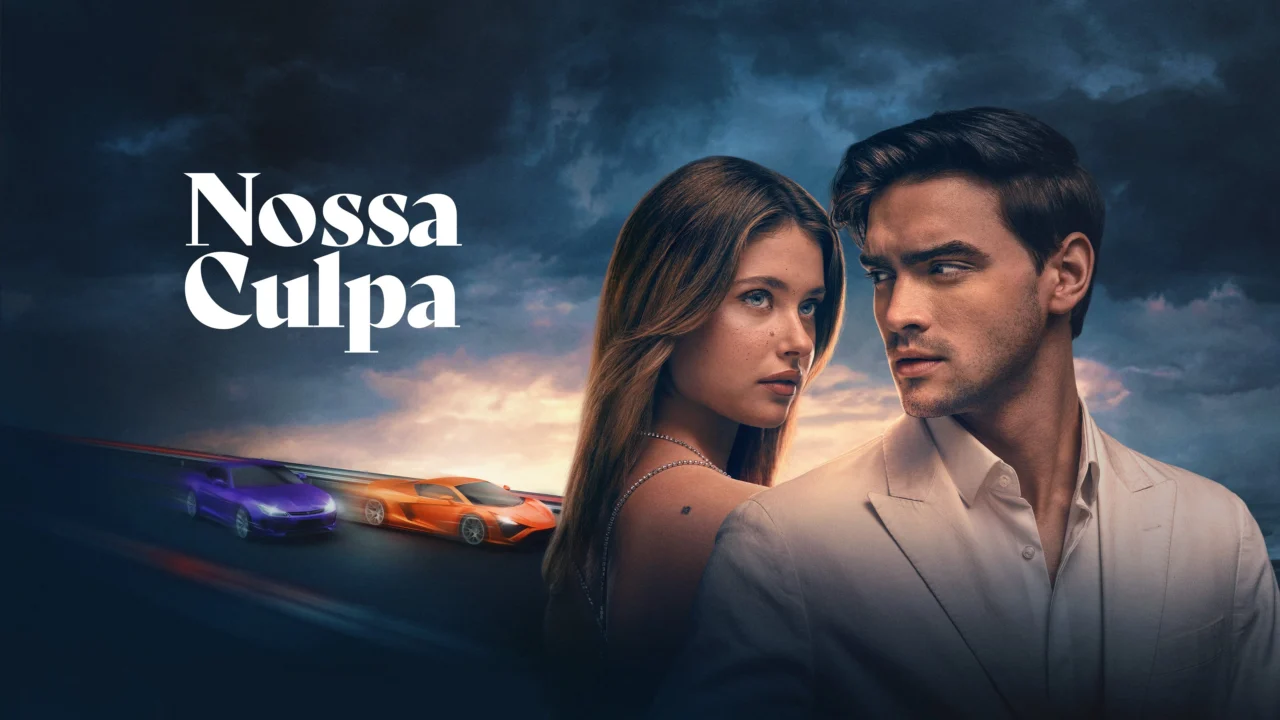
The Acting Holds Weight
Wallace does something interesting with Noah, she plays a woman who’s learned to protect herself, whose hesitation feels earned. I appreciated that she didn’t slip into victim mode or aggressive defensiveness, just genuine uncertainty about whether opening her heart again makes sense.
Guevara brings swagger without making Nick feel like a cartoon rich kid. His resentment feels complicated because he still cares, and that contradiction runs through every scene he’s in. They work best during quieter moments where dialogue isn’t doing heavy lifting, that’s where their actual chemistry lives.
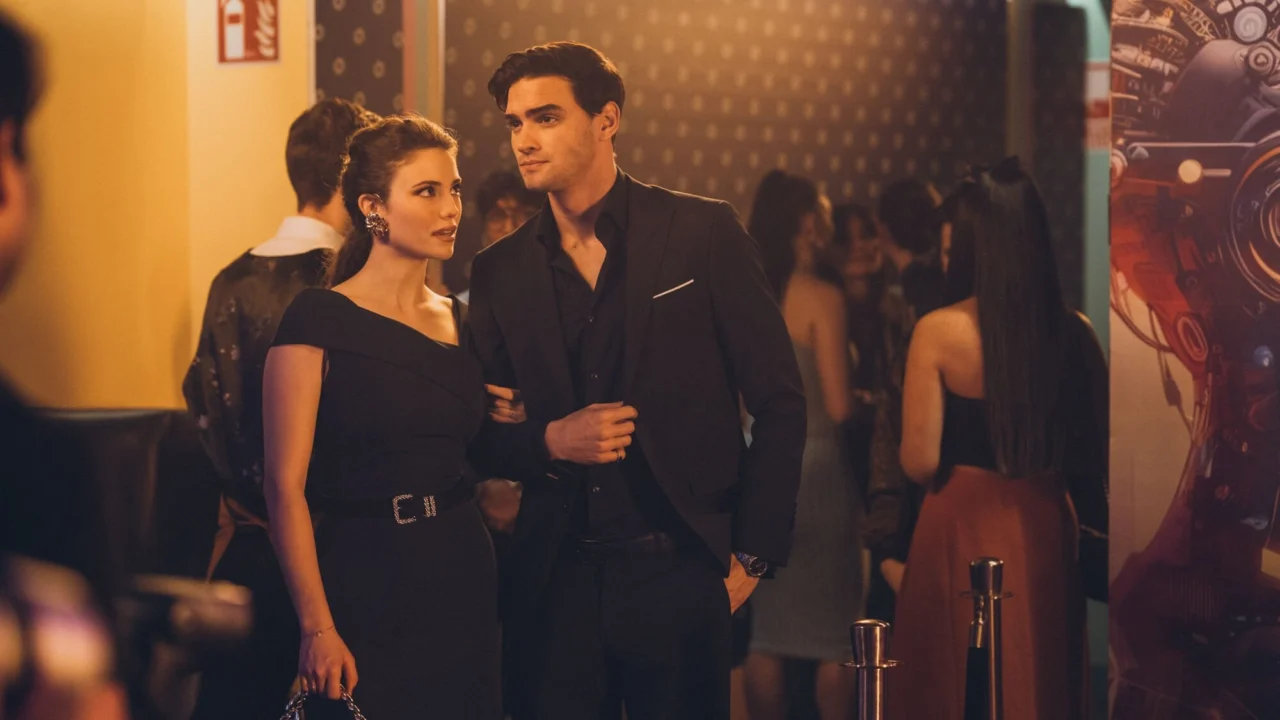
Where It Clicks
The cinematography understands mood. Rather than drowning everything in filters, the film lets natural light and carefully chosen locations tell part of the story. Spanish architecture and landscapes become almost another character, reinforcing themes about permanence and change.
González shows restraint when it matters most. Big dramatic moments linger instead of cutting away, and I respected that choice. The pacing generally feels thoughtful, this isn’t a roller coaster but a slow walk through emotional terrain where every step counts.
The script’s strongest moments arrive during confrontations where characters actually speak truths instead of dancing around them. When Noah finally addresses what she did, or when Nick articulates his hurt, these feel like conversations people actually have, not just exposition delivery systems.
Where Things Stumble
Second act territory gets messy. Too many ideas compete at once, and the film doesn’t always prioritize them clearly. Subplots spin out that feel obligatory rather than essential, and cutting some of this wouldn’t hurt the story one bit.
Dialogue occasionally tells what strong acting could show. A few moments land with too much explanation, trusting the audience less than they deserve. Supporting characters sometimes vanish for stretches, existing mainly as plot movers rather than actual people.
The ending feels slightly rushed. After all that emotional groundwork, resolution comes fast enough to create whiplash. Some tension points that built over the whole film resolve in scenes that don’t match the investment required to get there.
How It Stacks Against Previous Films
This trilogy has never pretended to be prestige cinema. It’s sleek, it’s dramatic, and it knows what its audience wants. This final chapter maintains that DNA, it doesn’t suddenly get serious or thoughtful in ways that contradict what came before.
The question of whether audiences will embrace this ending hinges partly on the step-sibling premise, which remains awkward for some viewers. The film can’t solve that fundamental discomfort, and it doesn’t try. That’s honest, at least.
The Takeaway
I went in skeptical because third films rarely improve on second films, and romantic trilogies often feel like extended goodbyes. Our Fault doesn’t break that pattern entirely, but it comes closer than expected. It’s a solid ending that respects why people cared about these characters to begin with.
The performances matter. The direction matters. The emotional honesty matters. Those elements elevate what could’ve been predictable melodrama into something that actually earns its runtime.
It’s not perfect. Pacing issues and some convenient plotting prevent that. But as a conclusion to a trilogy that dominated streaming conversation, it delivers. Fans will find what they’re looking for. People curious about character-driven romance will probably appreciate it too.
Rating: 3.5 out of 5

